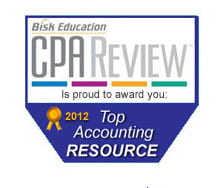Since equities are considered long-term investments, and most corporations borrow primarily long term to match the time horizon of their projects, today’s historically low long-term interest rates should not be ignored in equity valuations. Discounted-cash-flow valuations are calculated by discounting future cash flows by the weighted average cost of capital. This calculation would incorporate a company’s long-term cost of debt.
Barron’s Letter to the Editor on T-Bills vs. Equities
Barron’s published my letter:
T-bills vs. Equities
To the Editor:
Randall W. Forsyth cites several analysts who argue that Treasury bills currently yielding 5% are providing strong competition for equities (“Can the Stock Market Keep Rallying? Hopes Are Fading,” Up & Down Wall Street, Feb. 17). But to determine the appropriate level of equities, one should also consider long-term interest rates. From 1960 to 2007, the 10-year Treasury averaged 6.84%. It is currently at 3.82%. Similarly, over the past 45 years, the 30-year Treasury has averaged 6.30%. It is currently at 3.87%. At a November 2016 meeting with University of Maryland students, Warren Buffett said, “Stocks are cheap if long-term rates [30-year Treasury] are at 4%, four or five years from now.” At that time, the 30-year Treasury was at 2.8%.
David I. Kass,
University of Maryland, College Park, Md.




Professor, your Barron’s editorial was most informative. Can you recommend further reading on bonds? Certainly if the 10 year approaches 6%, it’s time to rebalance my portfolio with risk free assets.